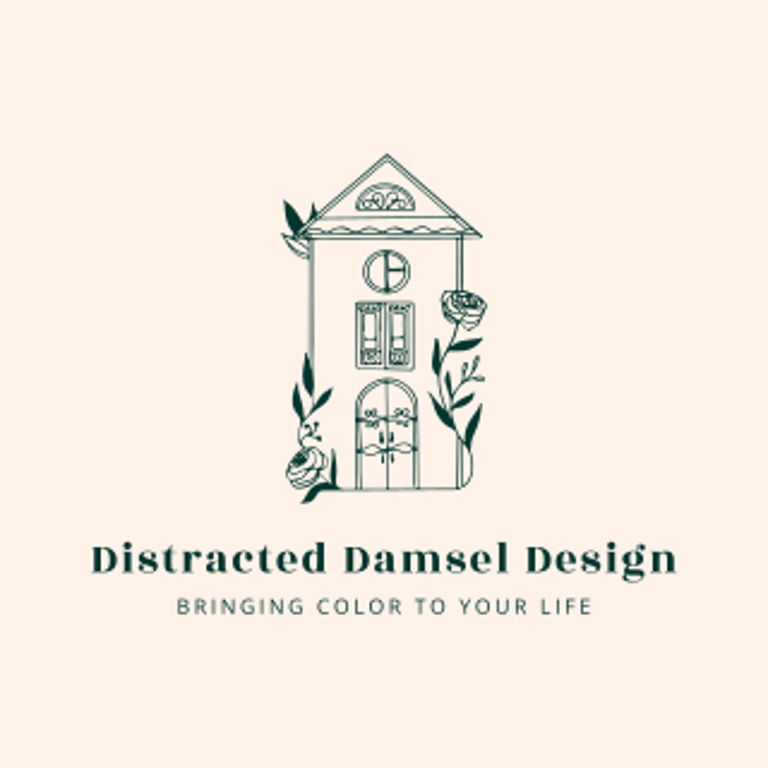You Can Work with Color Too
Start your paint or remodel with these color tips!
5/13/20242 min read


Mastering Color Theory: Elevating Your Interior Design Game
This blog is meant to to give you the tools to transform your own home using color. In the realm of interior design, color is a potent tool that can transform spaces, evoke emotions, and reflect your personal style. Whether you're revamping your home or embarking on a professional design project, understanding the principles of color theory is essential. In this introductory guide, we'll explore five key points of color theory and their practical applications in interior design, helping you create harmonious, visually stunning spaces.
The Color Wheel: Mapping Out Your Palette: When designing a room, start by selecting a dominant color from the color wheel—this will serve as the foundation for your palette. For example, if you choose a calming blue as your dominant color, you can then use the color wheel to find complementary hues (like soft neutrals or bold oranges) for accents and contrast. By using the color wheel as your guide, you can ensure a cohesive and visually pleasing color scheme throughout the space.
Color Harmony: Balancing Act: Achieving color harmony in interior design involves striking the right balance between different colors and tones within a space. One way to achieve this balance is through the 60-30-10 rule: allocate 60% of the room to a dominant color, 30% to a secondary color, and 10% to an accent color. Applying this principle, you can create a sense of visual cohesion while still incorporating pops of color and interest throughout the room.
Psychology of Color: Setting the Mood: The psychology of color can significantly influence the mood and atmosphere of a room. For instance, warm colors like reds, oranges, and yellows can create a cozy and inviting ambiance in living spaces, while cool tones like blues and greens promote relaxation and tranquility in bedrooms or bathrooms. By understanding the emotional impact of different colors, you can tailor your color choices to suit the function and desired mood of each room.
Color Temperature: Creating Depth and Dimension: Color temperature—whether a color is warm or cool—can affect the perceived size and atmosphere of a room. In smaller spaces, using lighter, cooler colors can help create the illusion of openness and airiness, while warmer hues can make larger rooms feel more intimate and cozy. Experimenting with color temperature allows you to manipulate the visual dynamics of a space and enhance its overall aesthetic appeal.
Color in Practice: Experimenting with Textures and Finishes: In interior design, color isn't limited to paint swatches and fabric samples—it also extends to textures and finishes. Consider how different materials like wood, metal, and stone interact with color and light in a space. For example, a glossy finish can intensify the richness of a bold color, while a matte finish can soften its impact. By experimenting with textures and finishes, you can add depth and dimension to your design while accentuating the inherent beauty of your chosen color palette.
Conclusion: Color theory serves as a guiding principle for creating visually captivating and harmonious interior spaces. By applying the practical insights outlined in this guide—such as using the color wheel to map out your palette, balancing color harmony, leveraging the psychology of color, playing with color temperature, and experimenting with textures and finishes—you can elevate your interior design game and transform any space into a true reflection of your personal style and aesthetic vision.



